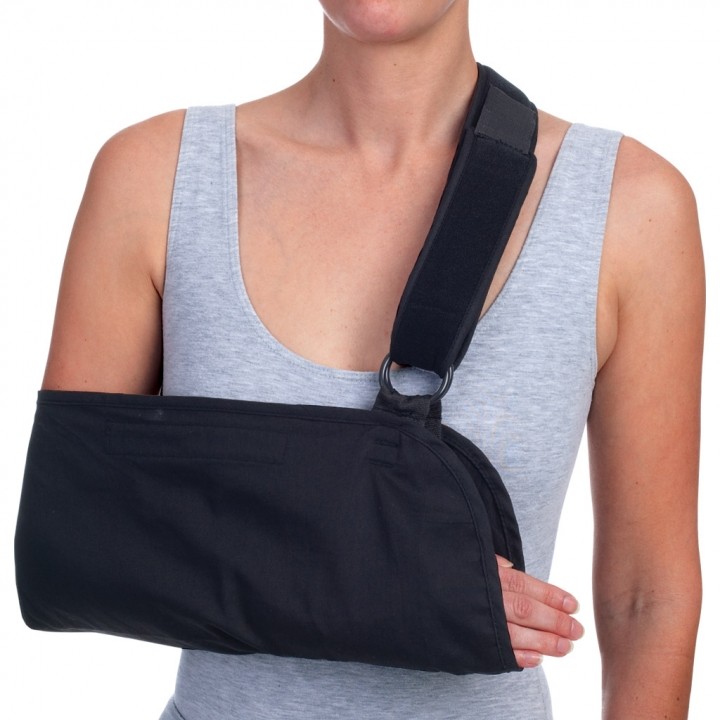Training While Injured to Prevent Muscle/Strength Loss
There's an expression in sports that 'you play, you pay'. And this refers to getting injured.
You play frequently enough and push yourself enough and you will suffer an injury. It's not a case of 'if' but 'when' and when that happens, check more for personal injury lawyers.
Most athletes know what I'm talking about and have spent time in an ER, in a sling, on crutches or a wheelchair. I'd have to say being injured is the worst part of sports. Worse than losing.
Because when you're injured you can't play. You can't help your team. And if things aren't going well it's even worse. You have to wait it out, go for your rehab appointments and wait for the OK to return to training and competition.
A recently study looked at how training the non-injured side minimized the losses that typically occur to the injured side.
What the researchers did was have 30 subjects, male and female, between 18-34 years, put their non-dominant arm in a sling for 8 hours per day. The elbow was bent to 90 degrees and then immobilized for the 8 hours. The non-dominant arm was determined as the non-writing arm.
The 30 subjects were then assigned to one of three groups. The first group did no exercise, the second did eccentric and concentric exercise and the third group did eccentric only exercise. The tempo for the eccentric and concentric group was 2 seconds up and 2 seconds down. And for the eccentric group the participants took 4 seconds to lower the weight. The exercise performed was a biceps curl over a preacher bent with a dumbbell. For the eccentric only group the researcher grabbed the dumbbell at the bottom of each rep.

For the next 4 week the subjects performed this exercise 3 times per week with 3-6 sets of 10 reps. For the eccentric and concentric group the loads ranged from 60-90% and for the eccentric group the loads ranged from 80-120%. For both groups the loads increased 10% each week.
The researchers wanted to see the impact this would have on arm circumference, one repetition maximum strength (1 RM), maximal voluntary isometric contraction, rate of force development and joint position sense.
So what did they find?
The group that did no exercise lost the most muscle and in this case they lost 28% of their arm muscle mass. The two exercise groups lost less strength and arm size with the losses being less with the eccentric only group. In fact, the biggest increase in strength was with the eccentric only group and there was only 2% muscle wastage in the immobilized arm.
Besides injured athletes this research is also valuable for those who have suffered a stroke. If you find yourself unable to exercise one limb make sure to continue with the exercise. But don't just do any type of exercise as in this case eccentric only training did the best job of maintaining strength and minimizing losses.
Valdes, O., Ramirez, C., Perez, F., Garcia‐Vicencio, S., Nosaka, K., & Penailillo, L. (2021). Contralateral effects of eccentric resistance training on immobilized arm. Scandinavian Journal of Medicine & Science in Sports, 31(1), 76-90.
When you subscribe to the blog, we will send you an e-mail when there are new updates on the site so you wouldn't miss them.

Comments